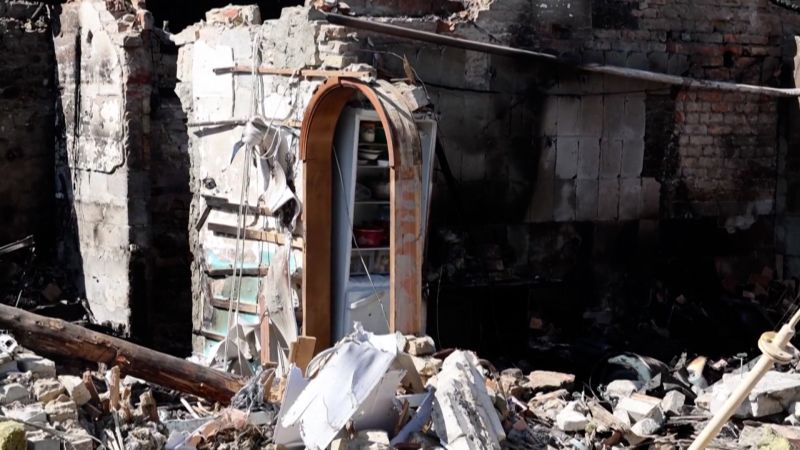NOUAKCHOTT, Mauritania – Mohamedou Ould Slahi is almost clinical as he recalls details of the torture he endured in the summer of 2003 at Guantánamo Bay. Seven senior officers rebuked the government’s treatment of an admitted terrorist in a handwritten letter from the jury room at Guantánamo Bay. But the effects of what he endured at Guantánamo are by no means behind him. “You could say this whole account cryptomaniaks.com is a fraud just a test to see if you can fool people with AI pictures,” says the team behind Claudia, who declined to disclose their real names. They didn’t show up at all for one month or more and I didn’t see anybody except for the guards who came once a day. The guards had chained me to a chair so I couldn’t cover my genitals. We gave you clothes.” The guards then came in and stood me on my feet with my hands held high.
“However, all civilized peoples of this world have stood together to outlaw such abhorrent practices because, just as torture, they irreparably destroy the humanity and integrity not only of the victim, but also of the perpetrator and, ultimately of society as a whole,” Mr. Melzer underscored. And, to tell you something I had been keeping from myself as well as from my new experimental friends, I do have a fear of drowning that comes from a bad childhood moment on the Isle of Wight, when I got out of my depth. “Part of what makes the clemency letter so powerful is that, given the jury members’ seniority, it stands to reason that their military careers have been impacted in direct and likely personal ways by the past two decades of war,” he said. In exchange for the reduced sentence, Mr. Khan and his legal team agreed to drop their effort to call witnesses to testify about his torture, much of it most likely classified, as long as he could tell his story to the jury.

In his testimony on Thursday night, Mr. Khan became the first former prisoner of the C.I.A.’s so-called black sites to publicly describe in detail the violence and cruelty that U.S. “alien unprivileged enemy belligerent,” a status that made him eligible for trial by military commission and “not technically afforded the rights of U.S. It is a paradigmatic torture technique that has long been considered a war crime; indeed, the United States has prosecuted enemy soldiers – and even U.S. U.S. Air Force pilots into C.I.A. C.I.A. agents temporarily” under a memorandum of understanding that established a different arrangement than the more typical assignment of a representative of one law enforcement agency to work out of the organization of another. Remaking Black Power pushes beyond the barrier of sexism and patriarchy of Black Power-which often hinders or overwhelms work produced about Black women in this era-to genuinely excavate how Black women were using the gendered imaginary as a radical space of reconfiguration, re/self-definition, and theorization of identity, power, and possibility.




More News
Prière De Protection À L’archange Mickaël Prières Les Essentiels Du Bien-être